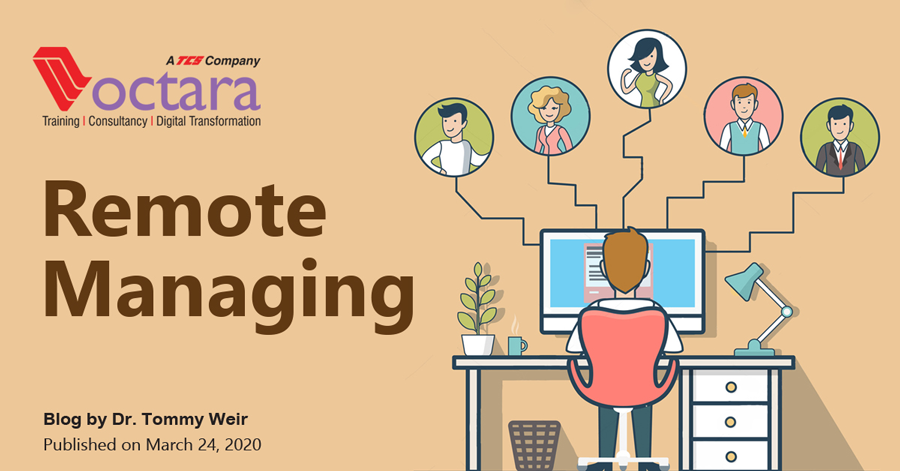
COVID-19 is rapidly rendering ‘business as usual’ a thing of the past and as offices empty out and corporate doors close shut, conversations are turning to the topic of remote working. But this is a mistake. What companies are experiencing today is not remote work, it’s displaced work.
Remote work is by design and by choice. In contrast, without warning COVID-19 is now forcing companies and their employees to operate from living rooms, kitchens – even back yards if the weather permits. In their droves, workers have been displaced from the environments they are accustomed to. Some have gone happily, others less so, but almost all have gone unprepared.
As a result, employees are learning how to work at a distance for the first time, and what is starting to feel like an impromptu social experiment is testing morale. Not only are workers figuring out how to use new video conferencing tools, they are simultaneously becoming homeschool teachers to their kids, all the while being tempted by the rampant distractions that surround them.
Simply put, employees are not prepared for being sent home, and companies are not prepared for managing them. Before COVID-19, front-line managers were already struggling, and now managers have the added burden of learning how to remote work themselves while trying their best to manage their displaced teams.
Opinions on remote working are plentiful, but what’s missing in all the social media chatter is useful insight into how to manage a displaced workforce. Of course, the situation we find ourselves in is unprecedented, but decades spent understanding leadership and workforce dynamics have taught me a thing or two about how to manage, motive and achieve results, whatever the scenario and wherever it plays out.
First things first, if you weren’t already, now is the time to be more human-centric. With your team displaced, operate an open-door policy — albeit a virtual one — and be sure to check-in with every employee. Just as you would (should) in an office environment, ask each team member how they’re doing, feeling and if they need any help. Encourage colleagues to do the same too, and get them to share tips on how others are managing.
This ties in with another very important point. After the novelty and excitement of not having a commute wear off, employees will start to feel isolated and even lonely. What’s more, many of the best ideas and thoughts are generated spontaneously over coffee or in hallways. How is this happening now? To keep ideas flowing and spirits up, encourage your employees to talk to one another.
And it’s not just co-workers who need to communicate. As a leader, it’s vital that you make expectations clear and communicate them openly. Don’t assume people know what to do or how to do it. Guide them to the right path, or else risk your people diverging off course. Where you look, they will go, and right now, your team needs your direction more than ever.
If it isn’t already obvious, that direction should be forward. In the midst of crisis, leaders typically pause and wait for certainty, but as Warren Buffett once said, it is wise to be “fearful when others are greedy and greedy when others are fearful.” To get a jump on the market you need to move fast, but to do that, you need to stay abreast of what your employees are doing. This was challenging enough in the office, but it is infinitely more difficult now. This is the perfect time to use an AI system that can do it better than humans. Allow the machines to learn and the humans to lead.
Let’s face it: it is not business as usual. A laptop and video conferencing from home don’t replicate the world that office workers know. Protecting employment is critical, and the best way to do that is to help our employees succeed in an environment that is both familiar and alien at the very same time.
Source: https://www.linkedin.com/



